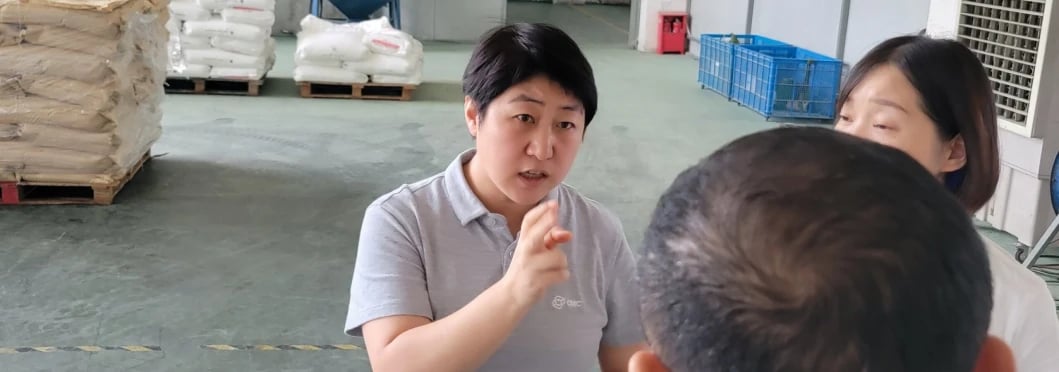
China Manufacturing Consultants
Formerly known as China Manufacturing Consultants (CMC), our organization has evolved into the Manufacturing Transformation Group (MTG) to better reflect our global presence and capabilities. Despite this expansion, our roots and in-depth expertise in the Chinese manufacturing sector remain a cornerstone of our consultancy services. Manufacturing in China presents unique challenges and opportunities, distinct from other regions due to its regulatory environment, supply chain logistics, and market dynamics.
At MTG, we leverage decades of experience and deep local knowledge to guide businesses through the complexities of manufacturing in China. Our specialized China manufacturing consultancy services are designed to optimize your operations and strategic planning within this crucial market.













































